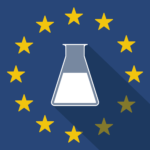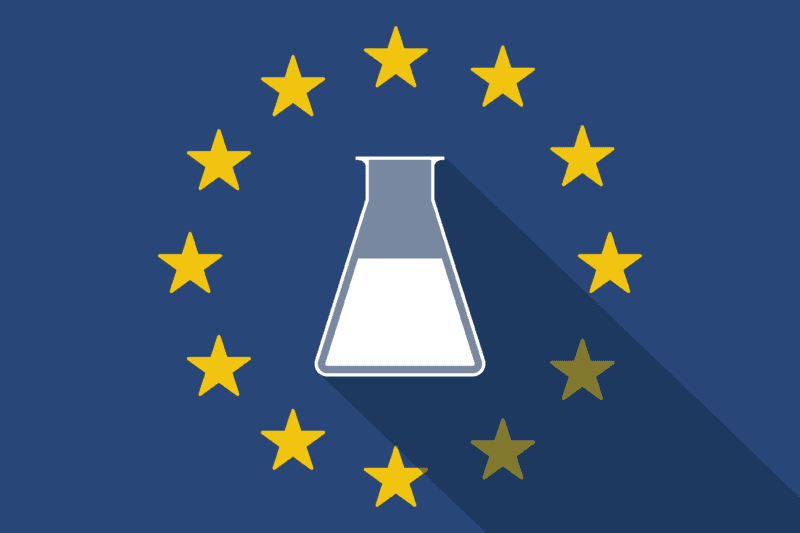 The Backstory
The Backstory
As the world prepares for the British exit from the European Union, the so-called “Brexit” event, scheduled for March of 2019, many questions remain, as to its impact on chemical regulation and communication of hazards via Safety Data Sheets (SDS) and labels in the UK.
What’s Changing
Although the draft Brexit deal was finally announced on November 14, it does not specifically address chemicals legislation, and while it is all but certain that Brexit will have some impact, one is still left to surmise on the details, particularly on the topic of hazard communication, as indicated below.
Implications
Membership has its advantages they say, and membership in the EU is no exception. As we prepare for UK’s exit of the EU, three large unknowns, with impact to SDS, remain:
- Will existing UK-held REACH registrations continue to be valid in the EU? If not, and new registrations are required, this could result in new registration numbers needing to be listed in Section 1 of the EU REACH compliant SDS.
- Will the UK continue to use the hazard classification criteria adopted under the EU’s CLP regulation? If not, and the UK instead implements a more recent revised edition of the GHS (CLP uses the 5th Revised Edition of the GHS), for example, GHS Rev 6 or 7—numerous differences would result, from different hazard classes, to different precautionary phrases.
- Will the UK continue to require and accept European Union exposure limit values, if available, for a given substance? If not, how will this impact the information contained in Section 8 of your current EU REACH compliant SDS?
While it’s difficult to prepare for details that remain unknown, one thing is certain: significant changes are looming, and in a general sense, organizations doing business in the UK and the EU are wise to begin ensuring that they are prepared to respond with efficient, automated software driven SDS authoring solutions, so that these changes can be made as seamlessly as possible.


